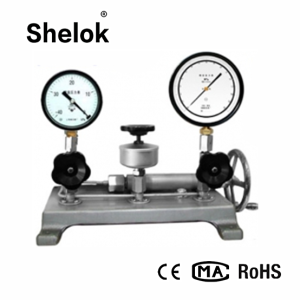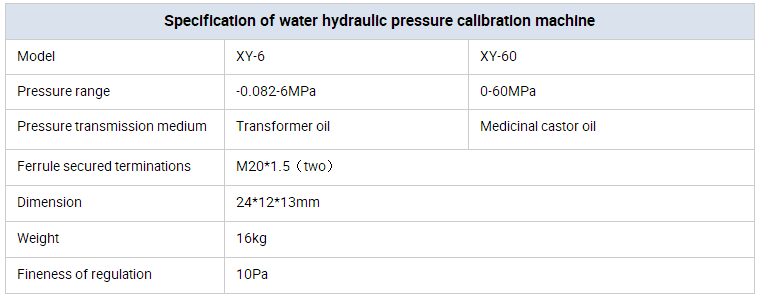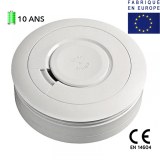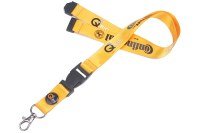 |
|
|
Equipment goods
Water hydraulic dead weight pressure gauge tester |
|
This page is about importers and exporters of Water hydraulic dead weight pressure gauge tester Search in a category : Equipment goods Search in a category : tester, hydraulic, water, gauge, weight, dead, pressure |
Friday, September 09, 2016
Quantity : 400 - Price : 8,00 €
Déstokage 400 smoke detectors EI ELECTRONICS EI650 manufactured in Europe with an autonomous lithium battery in until 2026 (20 cartons of 20 detectors with wall mounting screws and operating instructions in French). TECHNICAL CHARACTERISTICS - Test button and break against false...
DOMERCA
- 69100 - VILLEURBANNE
- 06 25 41 37 41
Thursday, May 16, 2013
Quantity : 1000 - Price : 2,92 €
Cotton 55 %, Beam(Shelf) 40 %, 5 % Elasthane Weight: 240g / m2 Origin: China Width: 150 cms Length: 80-100 m Price: 2.92 Eur (delivery included in France) Minimum of 1 roller by references to order Location : Neustr. 110-118, 42553 Velbert, Contact : Marina Domostkaya, +33 6 24 18...
Fuba Gmbh
- 42553 - Velbert
- +33 6 24 18 11 70
Wednesday, May 04, 2016
Model: SB-019 Name: Polyester lanyard Customize: Width, Logo Material: Polyester(rope), Metal(hook) Size: 2cm*90cm Weight: Hemming process: Rivet Hook type: Lobster hook Color: Yellow Printing: Screen print Product description: With side release buckle and safety...
Shenzhen Mingjia Smart Card CO., LTD
- 510510 - Guangzhou
- 0086 20 85246124








